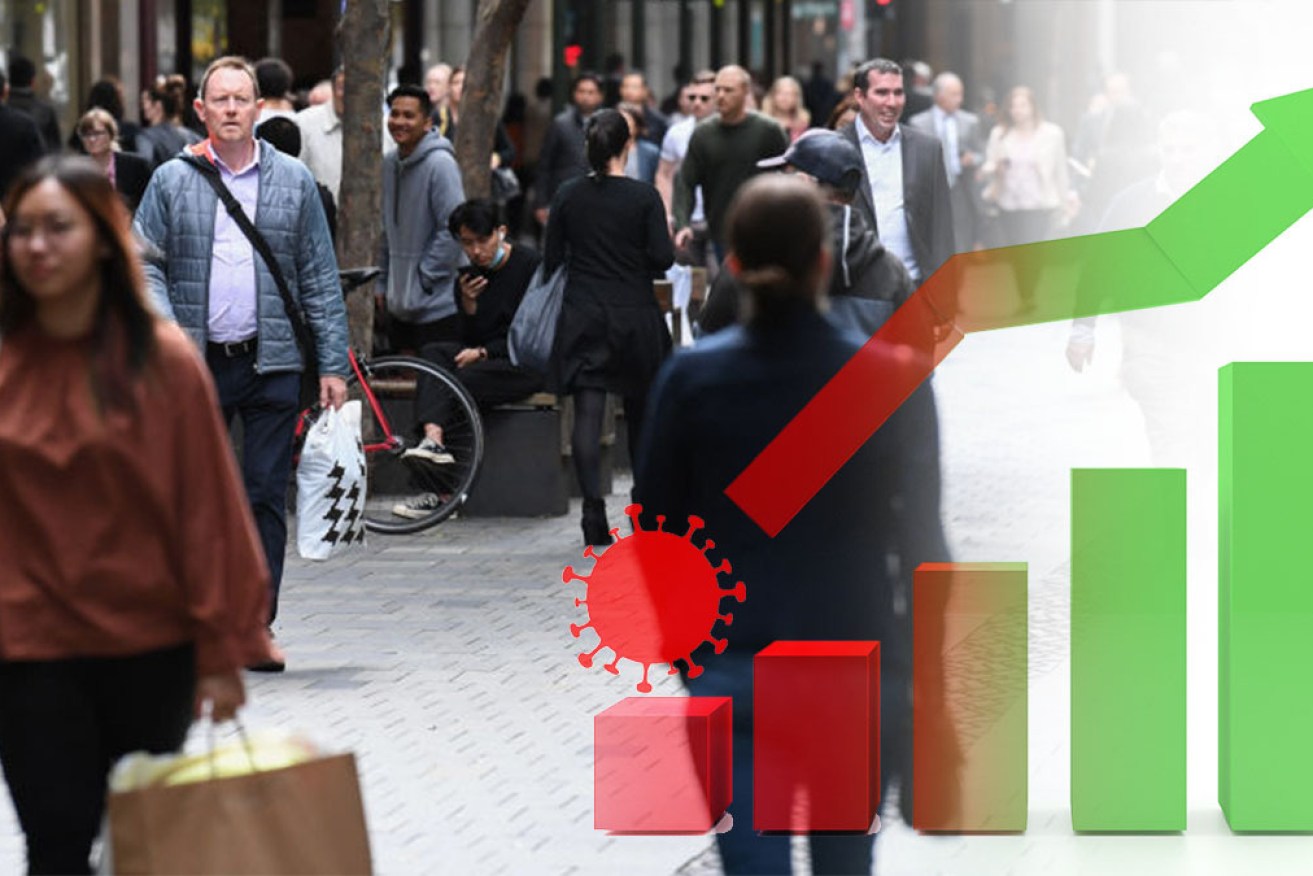Consumer confidence returns to pre-crisis levels, but we’re not out of the woods yet


Consumer confidence has recovered to pre-crisis levels. Photo: The New Daily
Australia’s success in fighting the coronavirus has boosted consumer confidence to pre-crisis levels.
As restrictions ease across the country and businesses start to re-open, confidence has recovered the 20 per cent drop it suffered in April, which marked the largest-ever monthly fall.
The Westpac-Melbourne Institute measure of consumer confidence is now just 2 per cent below the average recorded between September and February.
But people who are pessimistic about the economy still outnumber those who are optimistic, and Westpac chief economist Bill Evans said confidence was unlikely to rise any further.
“With the unemployment rate set to remain elevated, extensive restrictions staying in place, and the economy facing permanent structural change, it would be surprising if the recent upward momentum continues and is able to sustain a stable level of confidence which is above that previous period,” Mr Evans said in a note.
“While the monthly gains are impressive, the index is still relatively weak by historical standards – in pessimistic territory overall and down 7 per cent on a year ago.”
Mr Evans said the main picture painted by the index was one “of continued intense pressure on family finances and concern about the near-term outlook for the economy”.
But he said Australians were more optimistic about the economy and their finances over the year ahead.
The medium-term component of the index was up 50 per cent on the four-year average recorded during the recession of the early 1990s.
Respondents are confident that they can see eventual better times ahead, whereas in the early 1990s there was a pervasive mood of despair for years,” Mr Evans said.
The two components of the index that experienced the biggest gains were ‘time to buy a household dwelling’ (+10.1 per cent) and ‘economic conditions over the next 12 months’ (+8.4 per cent) – though the latter came from a low base of 71.2 points.
Scores below 100 indicate there are more economic pessimists than optimists. The lower the score, the more pessimistic consumers are about the economy.
The overall index had a score of 93.7 – up from 88.1 in May, but down from 100.7 a year ago.
Tweet from @Scutty
The biggest economic shock ‘in living memory’
The recovery in consumer confidence comes after Treasury secretary Steven Kennedy told a Senate committee on Tuesday that Treasury had “revised down its estimates of the economic impact” of the crisis due to continued success on the health front.
“It leaves us much better placed to avoid some of the devastating circumstances of very large falls where many businesses go broke, their employees lose their jobs and they have to be re-established,” Dr Kennedy said.
If we can avoid that cycle of destruction – and we have done well to date, but we still have quite a way to go – it will enable us to recover much more quickly.”
He added that business and consumer confidence will be crucial to the recovery.
“It will be driven by confidence that the health issues are well managed,” he said.
“As people see a cycle of positive economic activity and as people get back to work, we will see recovery.”
Dr Kennedy warned, however, that the coronavirus still presents “the single biggest economic shock Australia has faced in living memory”.
He later added that the number of people receiving JobSeeker payments suggests an unemployment rate of 10 per cent, not 6.2 per cent as reported by the Australian Bureau of Statistics.
(Other economists argue unemployment is closer to 20 per cent when taking into account the number of people who would like to work more hours than they currently are.)
Meanwhile, Australian Bureau of Statistics data released on Wednesday shows total mortgage lending in April suffered its sharpest decline since 2015 – falling by a better-than-expected 4.8 per cent over the month.
Lending to owner-occupiers dropped 5 per cent, while lending to investors fell 4.2 per cent.
ANZ Research economist Adelaide Timbrell told The New Daily the ABS data was in line with ANZ’s previous forecast for a 10 per cent fall in average house prices.
Ms Timbrell added: “However, the health and economic impacts of COVID-19 in the last few months have been a little smaller than expected, which creates some upside risk to our forecasts.”









